#generativedesign
Explore tagged Tumblr posts
Text
Fireworks.
#artists on tumblr#digital art#my art#digital artist#visual art#art#visual artist#3d art#artist#dark aesthetic#touchdesigner#generativedesign#generativeart#generative#motion design#motion graphics#creative coding#tracking#vjing#vj visuals#vj loop#aphex twin#ambient
338 notes
·
View notes
Photo

Generative design leverages computational power to simulate thousands of iterations in response to design parameters like energy use, structural integrity, or spatial flow. This efficiency pushes the boundaries of what architects can achieve. Yet, it raises the question: are we training architects to critically curate machine-generated designs or to deepen their role in crafting unique, human-centered environments? Could generative design reduce the risk of design redundancies, or does it risk producing repetitive algorithmic solutions when overused?
#architecture#generativedesign#futureofarchitecture#parametricdesign#designthinking#aiarchitecture#architectsdebate#aesthetics#sustainabledesign#architecturalinnovation#parametric#architecturedesign#architectureanddesign#architecturemodels#architectureideas
16 notes
·
View notes
Text
AI and Art
One of the primary celebrated differences between humans and non-human animals is ‘Art*’.
It is exclusive to humans, it came to us with advanced neurological evolution.
For argument’s sake, some would like to say that other non-human animals, do create art too, in the form of nests or elephants learning how to paint. Well, that might appear to be true, but it deviates us from the core and purpose of art: aesthetic pleasure and communication. Animals, do not create art to enjoy the process or result, the elephants paints, simply because it has been trained to do so, they might get a reward from the keeper for this and birds create nests for survival; to attract mates, lay eggs, and live safely, they do not try to fancy their nests or reflect their idiosyncratic selves into their nests, all nests of the same bird species look the same.
Art being so sacred to humans has been dedicated for centuries by devotees to the mighty god, lovers to the ailing moon, rivers to mountains, and developers to computers.
Read more..... This is not an ad, nothing monetary will be earned if you click on the link
#AIArt#GenerativeArt#DigitalArt#AestheticAI#MachineLearningArt#NeuralNetworks#CreativeAI#AIInnovation#ArtAndAI#AlgorithmicArt#DeepDream#NeuralArt#AIArtwork#AugmentedCreativity#TechArt#GenerativeDesign#ArtTech#AIinArt#FutureOfArt#AIVisualization#ComputationalArt#DigitalCreativity#AIExperiments#ArtMeetsAI#ArtificialCreativity#AIArtistry#CodeAndCanvas#CreativeCode#AIGeneratedArt#DataDrivenArt
3 notes
·
View notes
Text
🌟 Your next masterpiece is just a prompt away!
Craft characters with personality and charm, like this karate pig, using my MidJourney prompts. Perfect for creating artwork that stands out and sparks engagement. 🎯 Get started today and unleash your creativity:
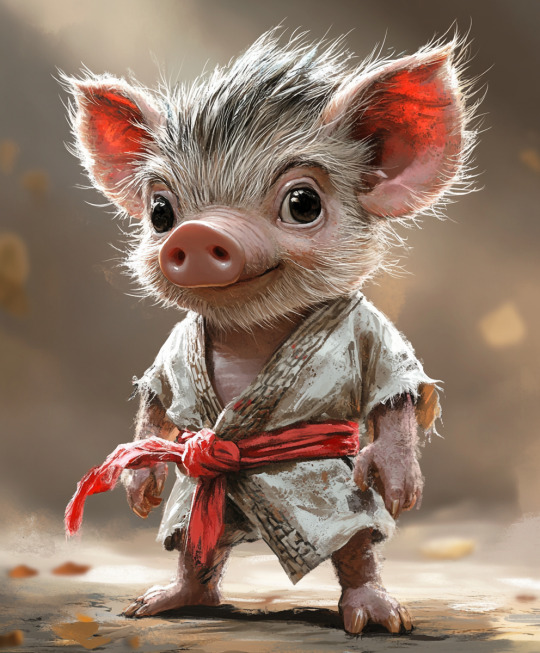
#aicommunity#digitalart#aiartcommunity#generativeartwork#aiartists#AIArt#MidJourney#AIArtCommunity#AIGeneratedArt#DigitalArt#GenerativeArt#AIArtist#MidJourneyArt#MidJourneyAI#CreativeAI#ArtAndTechnology#AIArtDaily#FuturisticArt#ArtificialIntelligenceArt#MidJourneyMasterpiece#AIArtwork#MidJourneyCreations#GenerativeDesign#AIInspired#AIArtLovers
3 notes
·
View notes
Text
My first TouchDesigner creation (thanks Pao Olea)
This was recreated with instructions, but its still big leap for me, and something I really want to dive deep into in future!
#graphic design#design#my graphics#generative art#touchdesigner#motion graphics#motion art#touch designer#generativedesign
6 notes
·
View notes
Text
Follow me on Instagram for more machine art
#machine art#penplotter#pen plotter#generativedesign#generative art#eurorack#make noise#mutable instruments
6 notes
·
View notes
Text
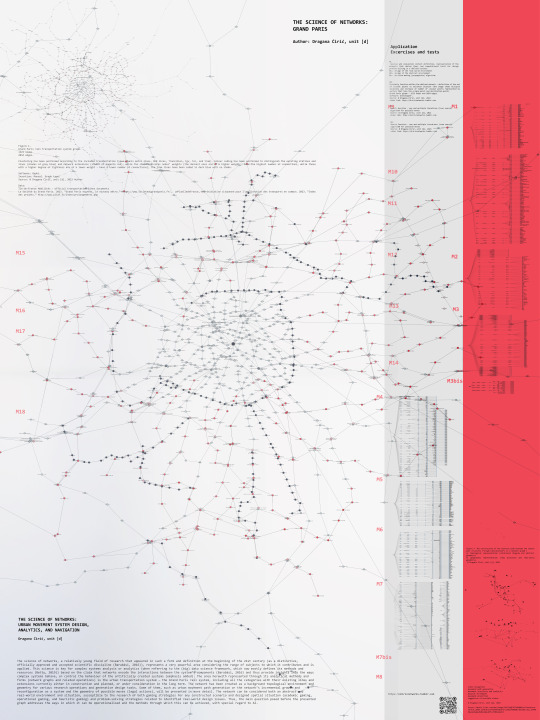
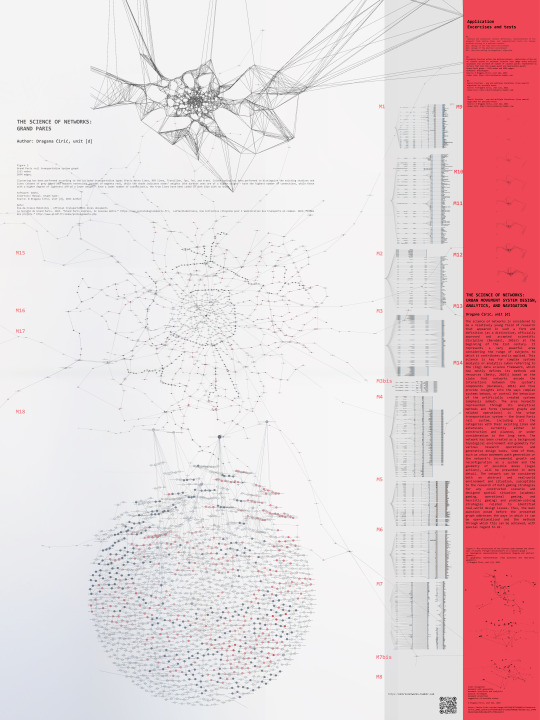
The Science of Networks: Grand Paris
©Dragana Ciric
STRAND 2023 Exhibition
On Architecture - Challenges in Design
Gallery of Science and Technology, Serbian Academy of Arts and Sciences, 5-19 December 2023, Belgrade, Serbia
#dciric#Grand Paris#Grand Paris Express#networks#network graphs#urban systems#systems design#urban mobility#urban intelligence#urban informatics#Paris rail system#paris metro#urban transportation#mobility#smart cities#artificial intelligence design methods#generativedesign#generative urbanism
2 notes
·
View notes
Text



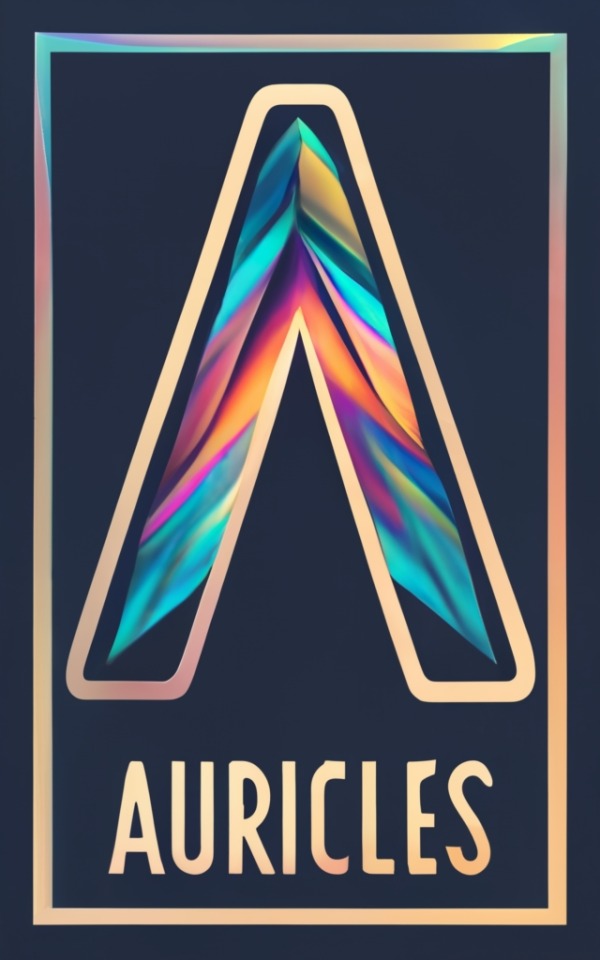



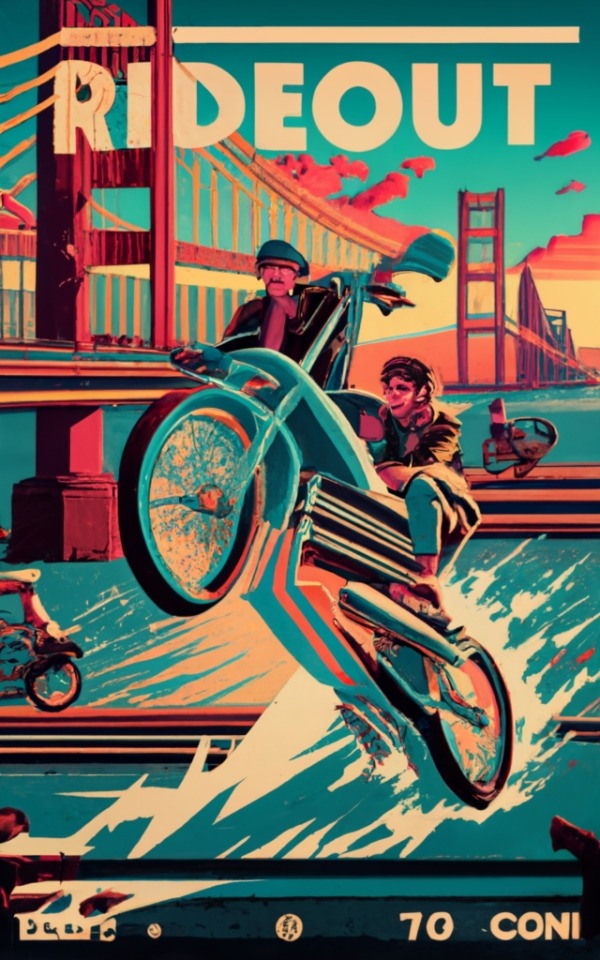



2 notes
·
View notes
Text

#aiartcommunity#ai artwork#generative ai#midjourney#ai art#digital aritst#generativedesign#midjanuary#disney#cow print#cow
2 notes
·
View notes
Text
Interlinked.
#artists on tumblr#digital art#my art#digital artist#visual art#art#visual artist#3d art#artist#dark aesthetic#generativedesign#generativeart#generative art#touchdesigner#abstract art#abstracart#motion design#motion graphics#modern art#nature art#nature aesthetic#birds
43 notes
·
View notes
Text


New ring design. Previewed on Tumblr first!
#rings#engagement ring#diamond#algorithmic design#algorithmic art#grasshopper3d#netlogo#baroqueplusplus#jewelrydesign#algorithmicdesign#generativedesign#baroque++
37 notes
·
View notes
Text
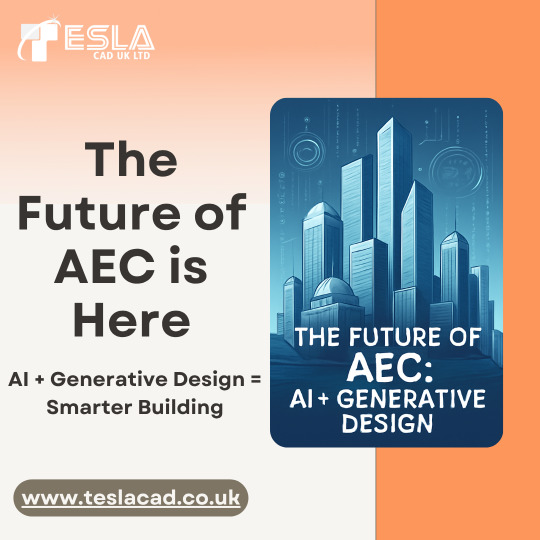

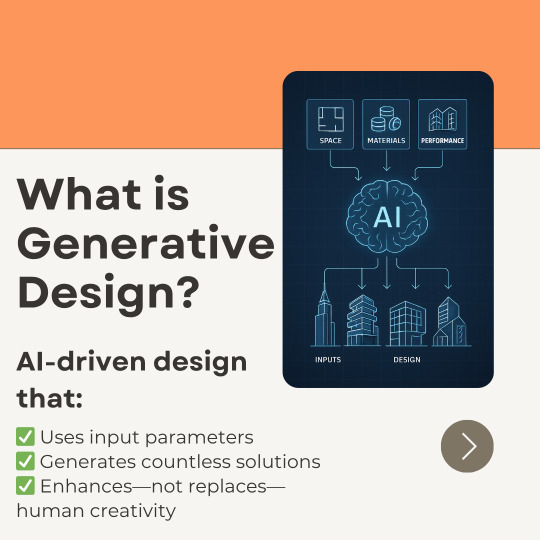




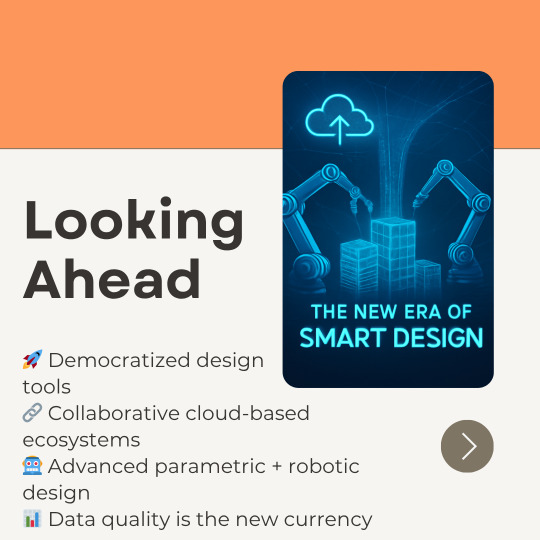

🚀 Generative Design + AI: The Future of AEC is Now!
In today’s fast-moving AEC industry, innovation isn’t optional—it’s essential. Generative Design, powered by AI, is transforming how architects, engineers, and contractors work: faster iterations, smarter decisions, and sustainable results.
Swipe through to see how AI is reshaping design workflows, optimizing performance, cutting costs, and unlocking endless possibilities.
🔹 Smarter Design 🔹 Seamless BIM Integration 🔹 Sustainable Innovation 🔹 Enhanced Collaboration
#GenerativeDesign#AIEmpowered#BIMWorkflows#FutureOfAEC#AECInnovation#SmartDesign#ParametricDesign#SustainableArchitecture#DigitalConstruction#DesignTech
0 notes
Text
Why Artists Are Turning to Code for Stillness | The Way of Code & Generative Art
A still from the interactive response to the prompt “What if it was weightless?” — where sound, motion, and silence become an invitation to simply be. We often think of coding as something reserved for engineers—a world of syntax, logic, and technical skill. But with tools like artificial intelligence, the doors are opening. Today, even those of us who don’t identify as coders can explore…
#ArtThatMoves#CodeAsArt#CreativeCoding#CreativePresence#DigitalMeditation#GenerativeArt#GenerativeDesign#InteractiveSketch#LaoTzuWisdom#MindfulTech#RickRubin#SlowTech#TheWayOfCode#VibeCoding#ambient code#ambient generative sketch#art and meditation#art that moves#artistic coding#code as art#creative coding prompts#creative flow#creative tech process#creative technology#digital mindfulness#digital stillness#generative art#generative design blog#how to use the way of code#interactive art experience
0 notes
Text
Data Science with Gen Ai Training | Call : +91 98407 62315

Data Science with Gen Ai Training with placement | Call : +91 98407 62315
🚀 Launching the Career-Ready Program in Data Science with Gen AI 💡
🎯 Master In-Demand Skills:
✅ Covers Statistics, Python, Machine Learning, Deep Learning, NLP, and Computer Vision
🔥 HIGHLIGHTS:
🔹 Get trained by hands-on professionals
🔹 Work on 10+ real-time projects
🔹 💯 Placement assurance (~14-25 LPA per year)
🔹 Industry-relevant curriculum
🔹 Financial aid option available
📞 Contact: +91 98407 62315
🤝 Partnered with: AWS ☁️ | Microsoft 💻
📈 Boost your career with cutting-edge Data Science and Gen AI skills!
#DataScience #GenAI #ArtificialIntelligence #MachineLearning #DeepLearning #NLP #ComputerVision #AITraining #CareerGrowth #TechCareers #AWS #Microsoft #ITTraining #PlacementAssurance
#generativeai#ai#aiart#midjourney#digitalart#artificialintelligence#generativeart#midjourneyart#aiartcommunity#chatgpt#aiartwork#midjourneyai#dalle#genai#machinelearning#aidesign#stablediffusion#art#generativedesign#tech#aiartist#aiarchitecture#openai#aigenerated#architecture#innovation#midjourneyartwork#archdaily#generativearchitecture#designboom
0 notes
Text
The Future of Creativity: How AI is Revolutionizing Digital Design
In the ever-evolving world of digital design, Artificial Intelligence (AI) has emerged as a game-changing force, transforming the way designers approach creativity, efficiency, and problem-solving. AI is no longer a futuristic concept—it is here, reshaping industries and opening new doors for innovation. But what does AI truly mean for digital designers, and how can it be harnessed to create more compelling, efficient, and impactful designs? Let’s explore the incredible impact AI has on the world of design.

The Intersection of AI and Design
AI in design is not about replacing human creativity—it’s about enhancing it. By leveraging machine learning, deep learning, and generative algorithms, AI assists designers in ways that were once thought impossible. From automating repetitive tasks to generating unique design concepts, AI is redefining the role of a designer.
Imagine a world where a designer no longer spends hours selecting color palettes or resizing images manually. AI-powered tools, such as Adobe Sensei, Figma’s AI-enhanced features, and Deep Dream, are streamlining the design process, allowing creatives to focus on the more conceptual and strategic aspects of their work.
How AI is Enhancing Digital Design
Automating Tedious Tasks AI can handle repetitive and time-consuming tasks like image resizing, background removal, and color correction. Tools like Remove.bg and Canva’s Magic Resize allow designers to spend less time on menial edits and more on refining their creative vision.
Generative Design and AI Creativity AI-driven tools, such as Deep Art Effects and Runway ML, can generate entirely new design concepts by analyzing patterns and styles. This means that designers can explore innovative ideas with AI’s help, breaking creative boundaries and discovering fresh perspectives.
AI-Powered UI/UX Enhancements AI plays a vital role in user experience (UX) design by analyzing user behaviors and predicting interactions. AI-driven heatmaps, such as those provided by Hotjar, help designers optimize layouts based on real user engagement, improving accessibility and usability.
Personalized and Adaptive Design AI enables real-time personalization by analyzing user data and preferences. Platforms like Netflix and Spotify use AI-driven algorithms to customize content, ensuring that each user’s experience is unique. This level of personalization is now extending to website and app design, making digital experiences more engaging.
AI in Branding and Marketing Design AI-generated brand identity tools, like Looka and Brandmark, allow businesses to create professional logos, branding assets, and marketing materials without needing an entire design team. AI’s predictive analytics also help marketers understand what design elements resonate most with audiences, making campaigns more effective.
The Ethical Considerations of AI in Design
As AI becomes more integrated into the design process, ethical considerations must be addressed. Designers must be mindful of AI-generated biases, the importance of human oversight, and the need to maintain creative integrity. While AI can generate stunning designs, human intuition, emotion, and storytelling remain irreplaceable components of meaningful digital art.

Embracing AI as a Designer
AI is not here to take over the design industry—it is here to revolutionize it. By embracing AI-powered tools, designers can push creative boundaries, increase efficiency, and develop more personalized user experiences. The key is to see AI as a collaborator rather than a competitor.
As we move forward, those who adapt and integrate AI into their creative workflows will be the pioneers of the next digital design era. The future of design is not about AI replacing human creativity; it’s about AI empowering it.
Are you ready to embrace the AI-driven future of design? Start experimenting with AI tools today and discover how technology can amplify your creativity like never before!
#AIinDesign#DigitalDesign#CreativeAI#AIDesignTools#FutureOfDesign#MachineLearning#GenerativeDesign#AIInnovation#DesignTech#UXDesign#BrandingWithAI#AIinMarketing#Automation#DesignTrends#TechForCreatives#AIandCreativity#SmartDesign#CreativeAutomation#AIUX#GraphicDesign
0 notes
Text
Agentic AI vs. Generative AI: Key Differences, Future Prospects, and Market Impact
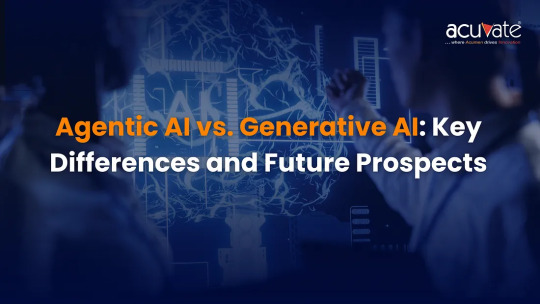
Artificial Intelligence (AI) is no longer a futuristic concept; it is a present-day reality that is reshaping industries and redefining how we interact with technology. Among the broad spectrum of AI technologies, Agentic AI and Generative AI have emerged as two pivotal branches, each offering distinct capabilities and applications. Understanding the core differences, potential for synergy, and the expanding market surrounding these technologies is crucial for businesses and individuals aiming to leverage AI effectively.
Diving Deep into Agentic AI
Agentic AI refers to autonomous systems that are capable of independently making decisions and taking actions to achieve specific, predefined goals. These systems are proactive, continuously analyzing real-time data, learning from experiences, and adapting their strategies to optimize outcomes. Agentic AI uses a variety of techniques, including:
Reinforcement Learning: Allows agents to learn optimal behaviors through trial and error by rewarding desirable actions and penalizing undesirable ones.
Decision-Making Algorithms: Enables agents to evaluate options and choose the best course of action based on predefined criteria and learned patterns.
Real-Time Data Analysis: Equips agents with the ability to process and interpret streaming data, allowing them to make informed decisions in dynamic environments.
Natural Language Processing (NLP): Allows agents to understand and respond to human language, facilitating smooth interaction and collaboration.know more
Examples of Agentic AI in Action:
Autonomous Vehicles: Self-driving cars use sensors, cameras, and sophisticated algorithms to navigate roads, avoid obstacles, and make real-time decisions without human intervention.
Financial Trading Bots: Automated trading systems use Agentic AI to analyze market trends, identify profitable opportunities, and execute trades with speed and precision, often outperforming human traders.
Virtual Assistants for Workflow Management: Advanced virtual assistants automate tasks like scheduling meetings, prioritizing emails, and coordinating activities across platforms, managing complex workflows with minimal human oversight.
Robotics in Manufacturing: Agentic AI-powered robots perform assembly tasks, optimize production processes, and adapt to changing conditions on the factory floor, boosting efficiency and reducing costs.
Personalized Healthcare: AI agents monitor patient data, analyze medical records, and provide tailored treatment recommendations, helping healthcare professionals deliver more effective care.
Know more about Agentic AI use cases and key benefits
Exploring the Realm of Generative AI
In contrast to Agentic AI, which focuses on autonomous action, Generative AI is centered on creating new, original content by learning from existing datasets. This includes generating text, images, audio, video, and even code based on patterns and relationships extracted from training data. Key techniques used in Generative AI include:
Deep Learning: A subset of machine learning that uses artificial neural networks with multiple layers to analyze complex patterns and generate new content.
Generative Adversarial Networks (GANs): A framework where two neural networks (a generator and a discriminator) compete against each other, resulting in the creation of highly realistic and diverse outputs.
Transformers: A neural network architecture that excels at processing sequential data, making it especially well-suited for natural language generation tasks.
Examples of Generative AI in Action:
Content Creation for Marketing and Advertising: Generative AI can create compelling marketing copy, design eye-catching visuals, and compose music for advertising campaigns, reducing the need for extensive human resources.
Art and Design Automation: AI algorithms generate original artwork, design product prototypes, and create architectural renderings, helping artists and designers explore new creative possibilities.
Personalized Recommendations: E-commerce platforms use Generative AI to provide personalized product recommendations based on user preferences and browsing history.
Drug Discovery: AI can generate novel drug candidates by analyzing molecular structures and predicting their potential effectiveness, accelerating the drug discovery process.
Code Generation: AI tools can generate code snippets, complete software modules, and even entire applications, helping developers streamline their workflow and reduce development time.
The Critical Differences: A Comparative Analysis

Statistics and Market Growth: A Booming Landscape
The AI market is experiencing exponential growth, and both Agentic AI and Generative AI are poised to capture significant shares of this burgeoning market.
The global generative AI market was valued at USD 16.87 billion in 2024 and is projected to grow at a CAGR of 37.6% from 2025 to 2030 16.87 billion in 2024 and is projected to grow at a CAGR of 37.6% from 2025 to 2030, reaching around USD 1005.07 billion by 2034. This growth reflects the increasing demand for AI-powered content creation tools across various industries.
The U.S. generative AI market size was estimated at USD 7.41 billion in 2024 and is predicted to be worth around USD 302. USD 7.41 billion in 2024 and is predicted to be worth around USD 302.31 billion by 2034, at a CAGR of 44.90% from 2025 to 2034. billion by 2034, at a CAGR of 44.90% from 2025 to 2034. This demonstrates the significant investment and adoption of generative AI technologies in the U.S.
The Agentic AI market is expected to grow to USD 45.0 billion by 2035, driven by the increasing demand for autonomous systems in transportation, finance, and manufacturing.
These statistics underline the immense potential of both Agentic AI and Generative AI to transform industries and drive economic growth.
Future Prospects: A Symbiotic Relationship
The true potential of AI lies not only in the individual capabilities of Agentic AI and Generative AI but also in their ability to work together. The integration of these technologies can unlock new possibilities and create innovative solutions that were previously unimaginable.
Examples of Integration:
Automated Marketing Campaigns: Generative AI can create compelling marketing copy and design graphics, while Agentic AI can optimize campaign deployment in real time, targeting specific audiences and adjusting strategies to maximize ROI.
Personalized Education: Generative AI can create customized learning materials, while Agentic AI monitors student progress, identifies areas of struggle, and provides personalized guidance.
Smart Manufacturing: Generative AI can design product prototypes and optimize processes, while Agentic AI controls robots and automates production lines to ensure efficiency.
Healthcare Innovations: Generative AI can generate medical reports and treatment plans, while Agentic AI can analyze these documents to recommend actions, manage patient care autonomously, and alert healthcare professionals to potential risks.
Creative Exploration: Agentic AI can manage complex design workflows, while Generative AI rapidly iterates through numerous design options, allowing designers to explore and refine concepts quickly.
Conclusion: Embracing the AI Revolution
Agentic AI and Generative AI represent two distinct yet complementary branches of artificial intelligence, each with its unique strengths and capabilities. Agentic AI empowers machines to make decisions and take actions autonomously, while Generative AI enables the creation of new and original content. By understanding the key differences between these technologies and exploring their potential for integration, businesses and individuals can unlock new opportunities, drive innovation, and prepare for a future where AI plays an increasingly prominent role in all aspects of our lives. As the AI market continues to grow and evolve, embracing these transformative technologies will be crucial for success in the 21st century.
#AgenticAI#GenerativeAI#ArtificialIntelligence#AIApplications#AIRevolution#Automation#AIinBusiness#MachineLearning#TechInnovation#AIContentCreation#AIUseCases#AIandCreativity#FutureOfAI#AIinHealthcare#AIinManufacturing#AIandRobotics#DeepLearning#GenerativeDesign#SmartAI#TechTrends
1 note
·
View note